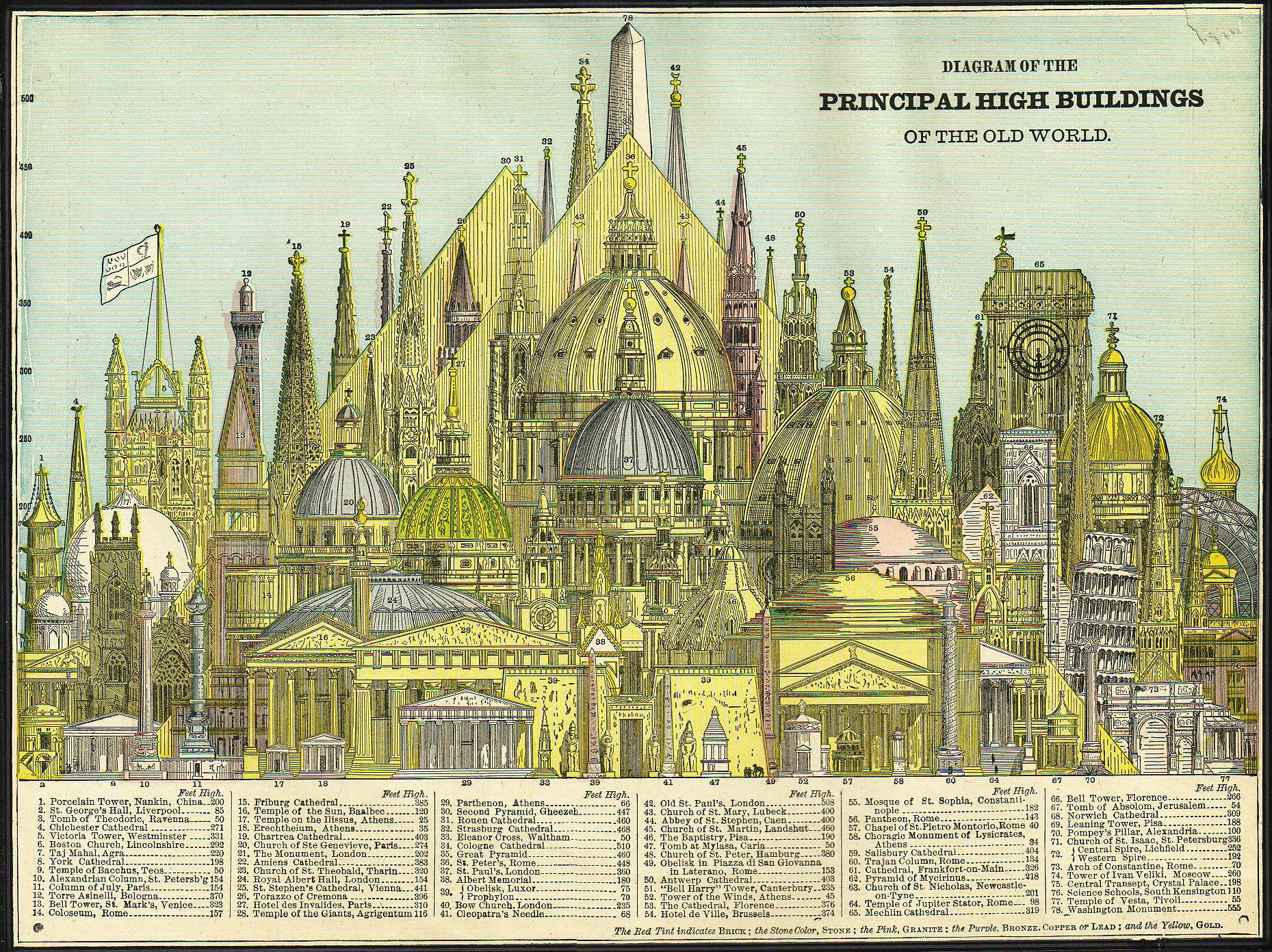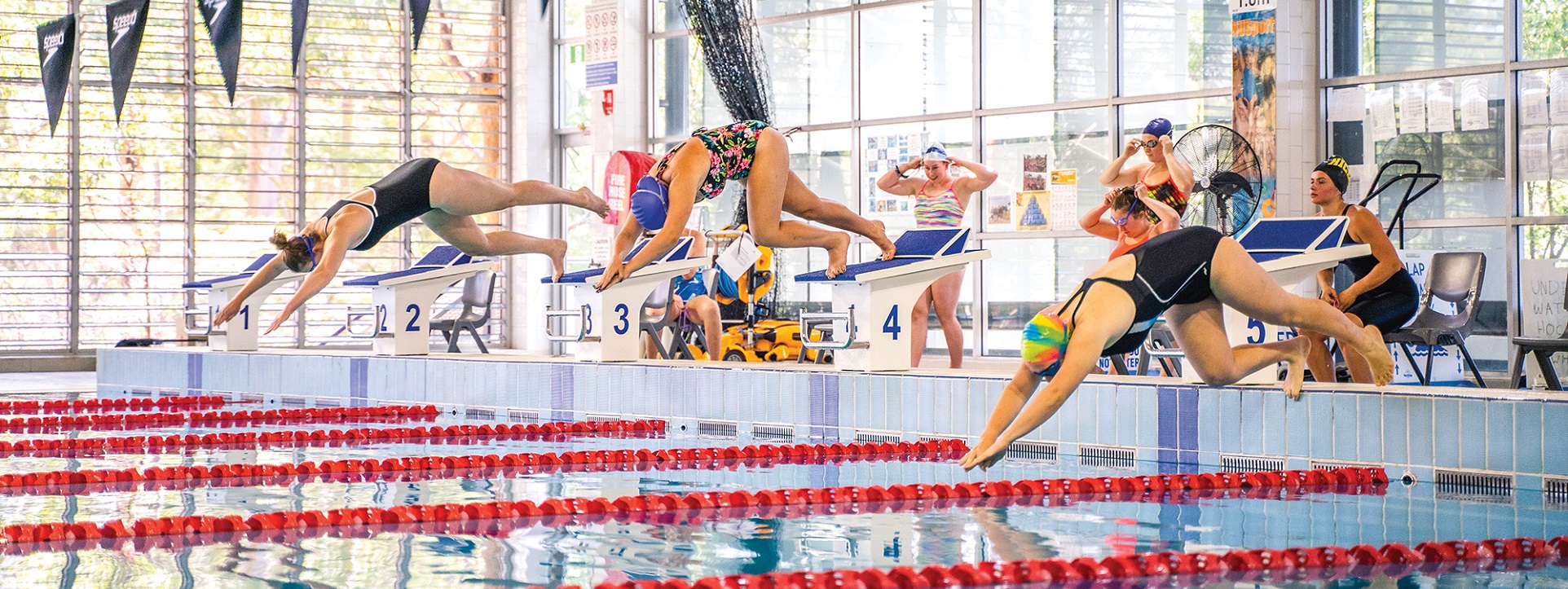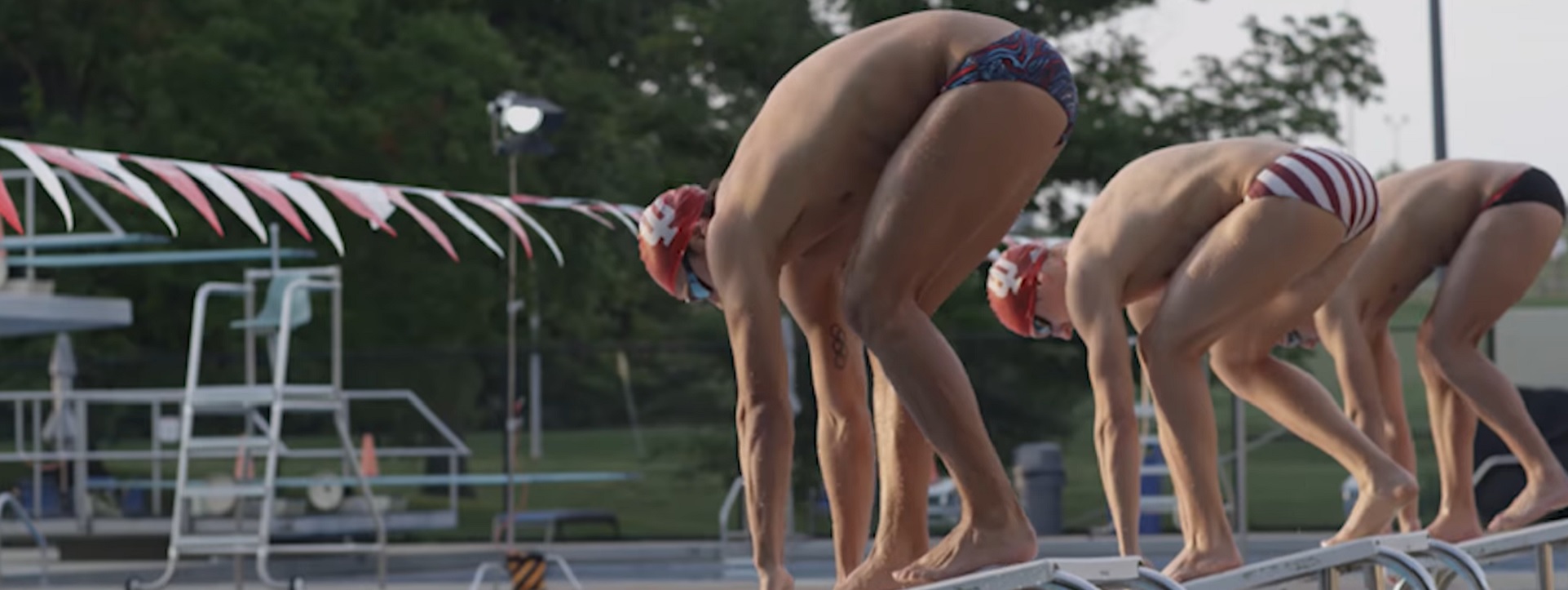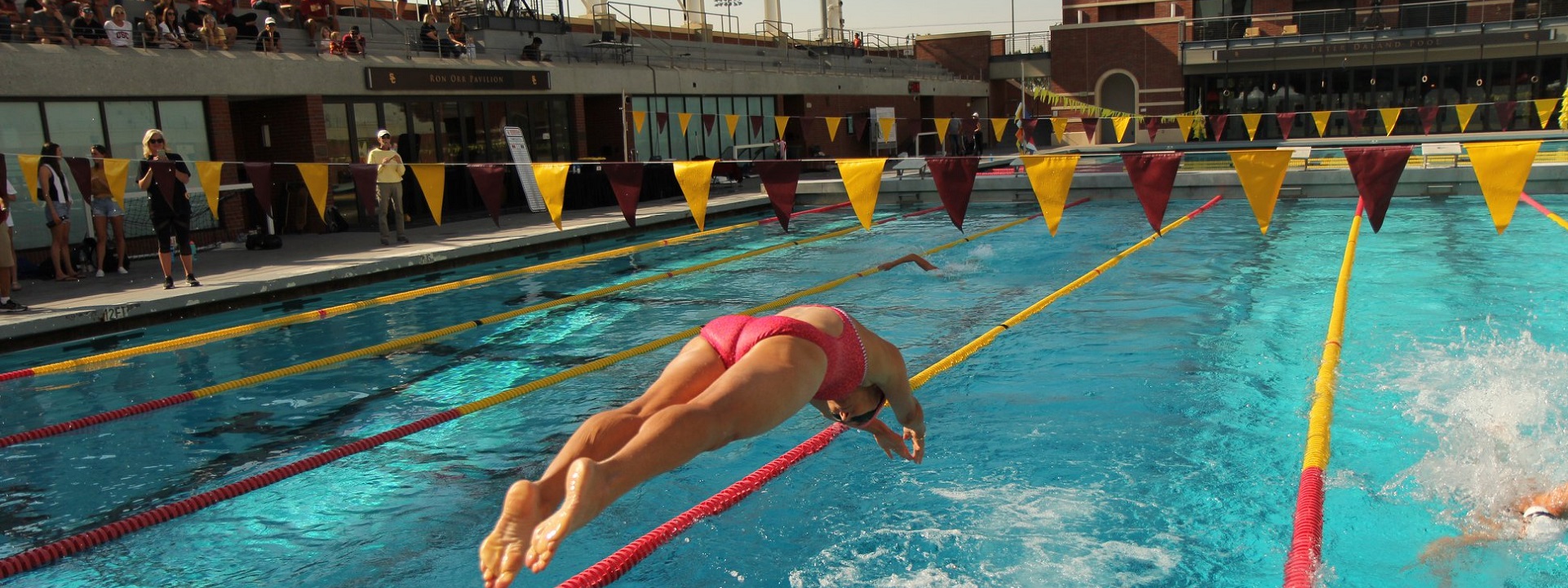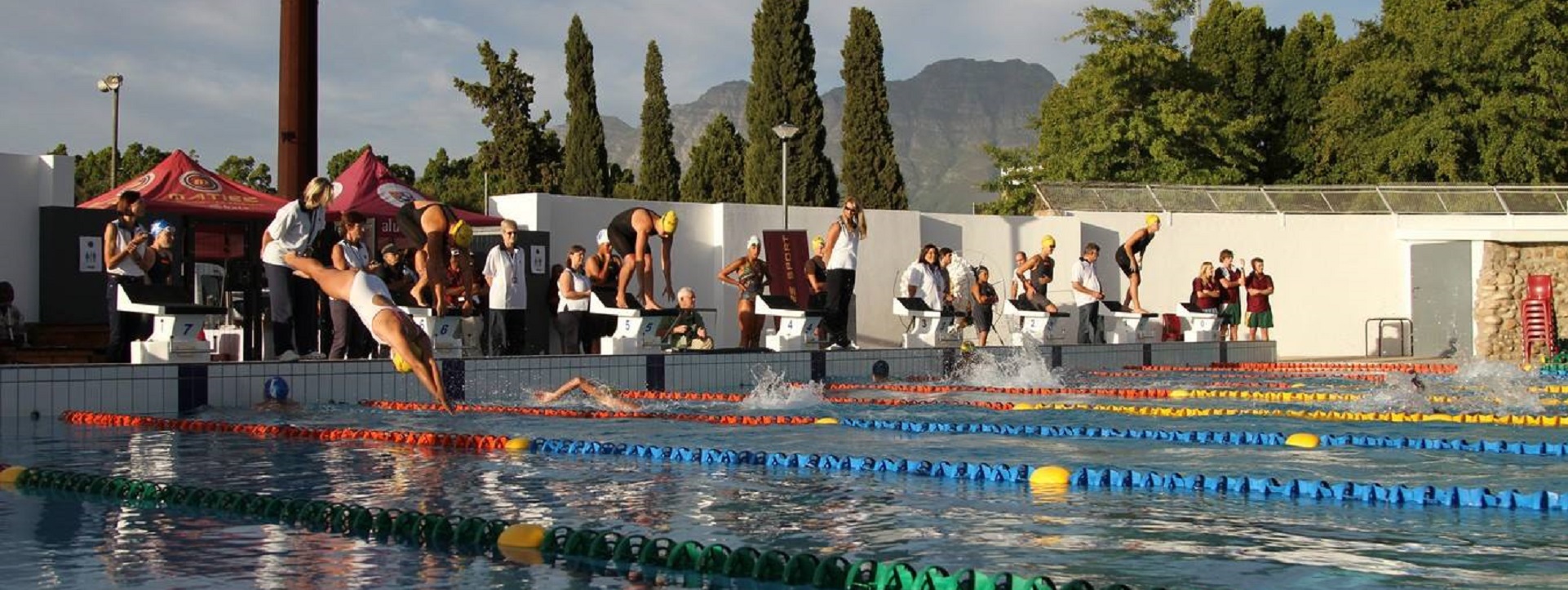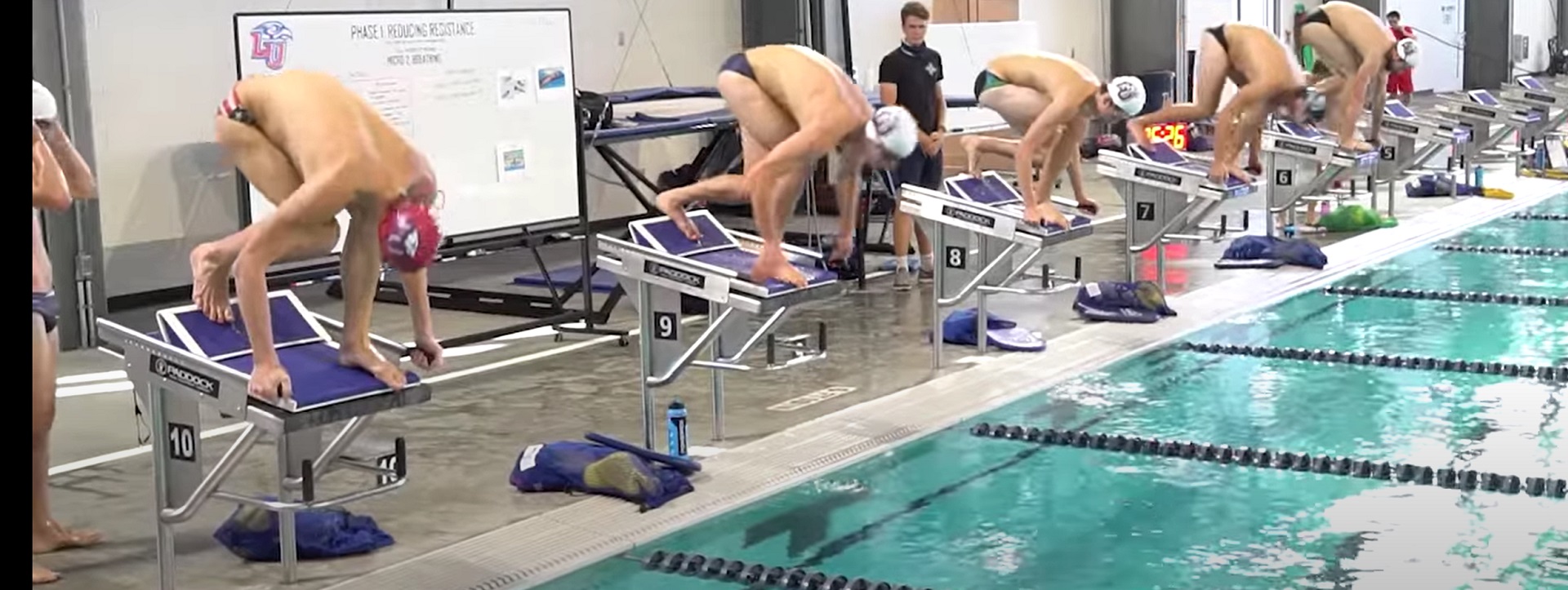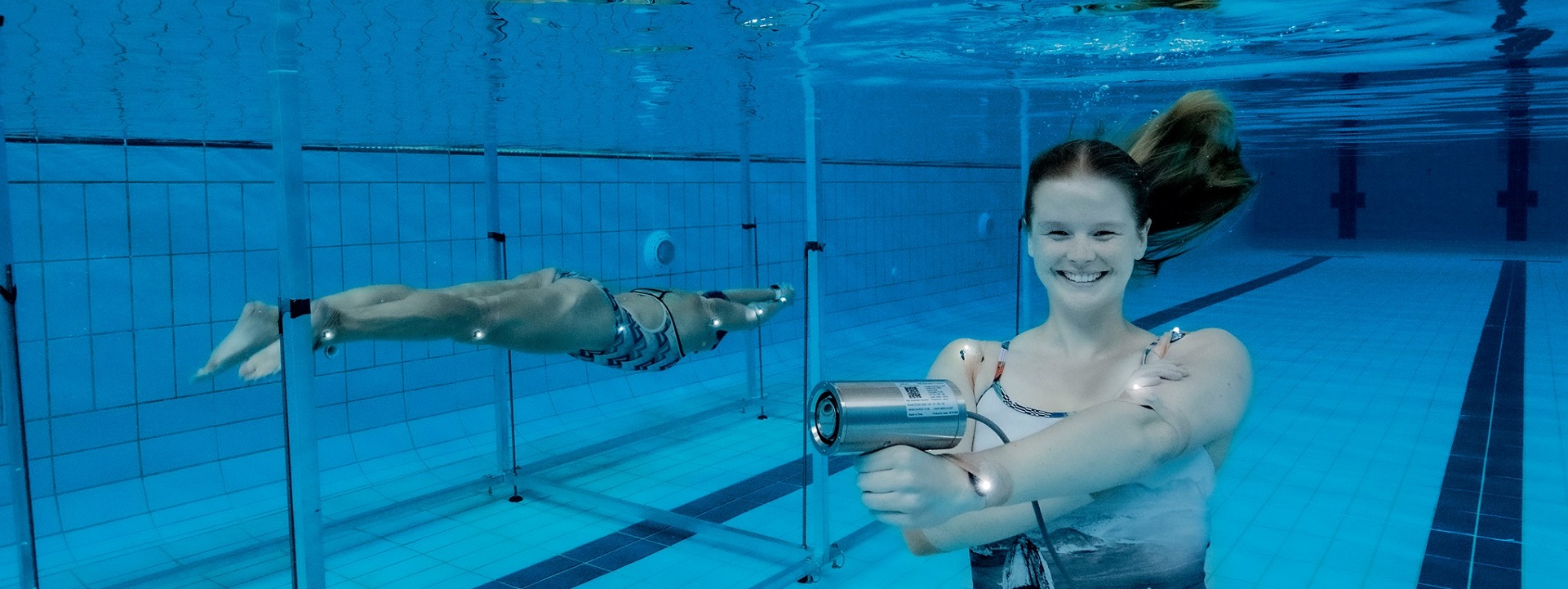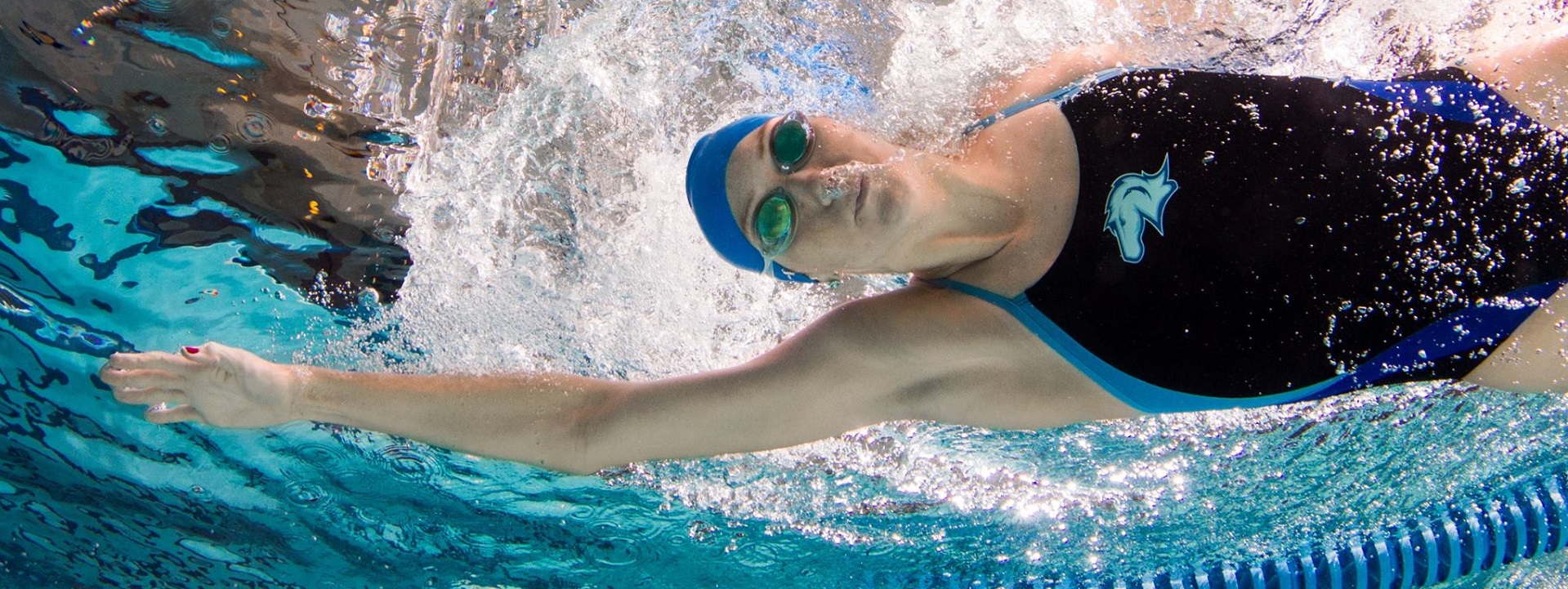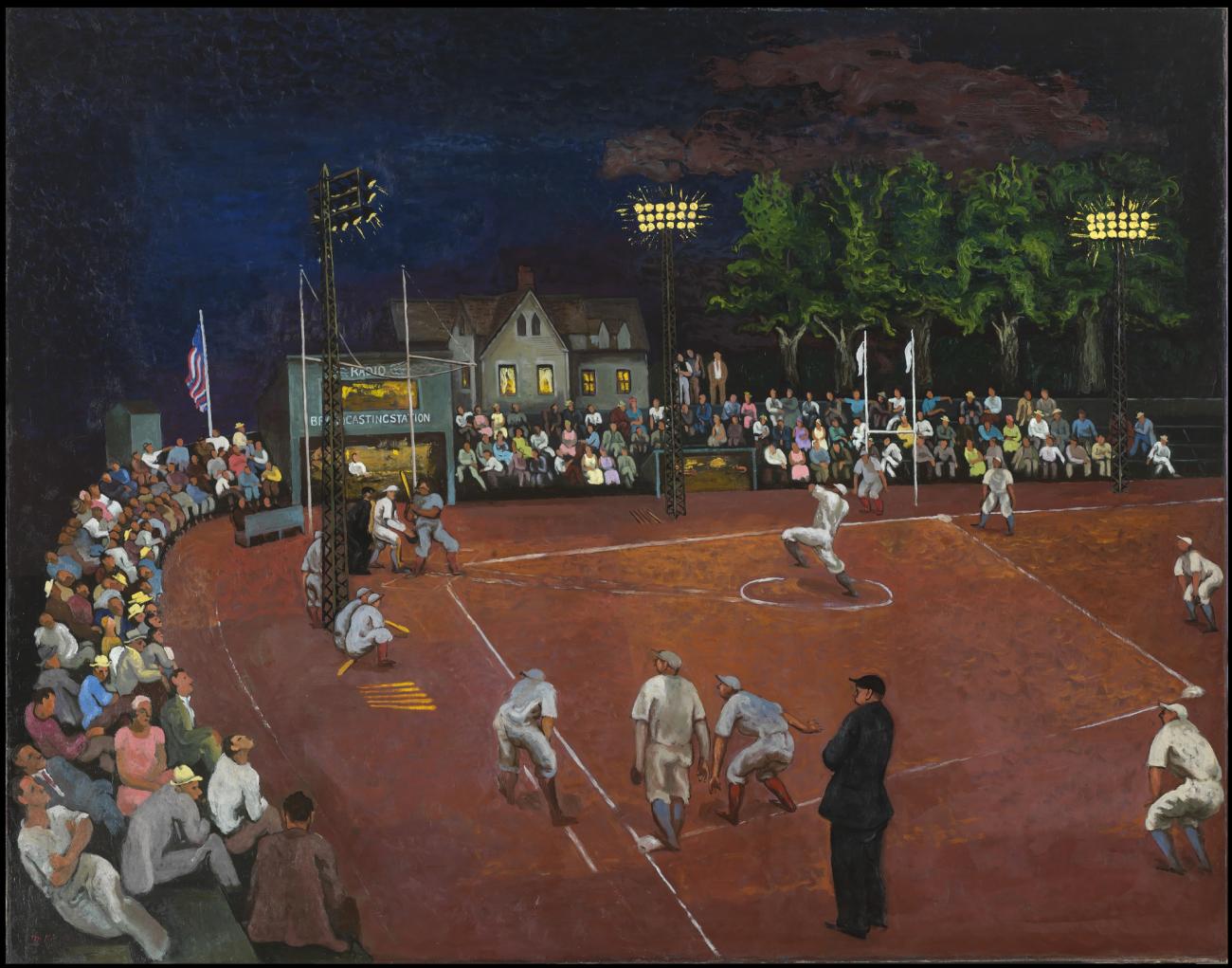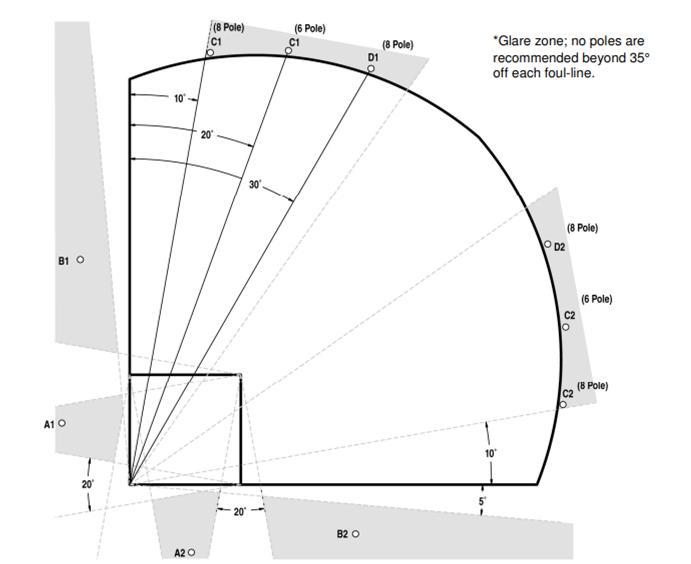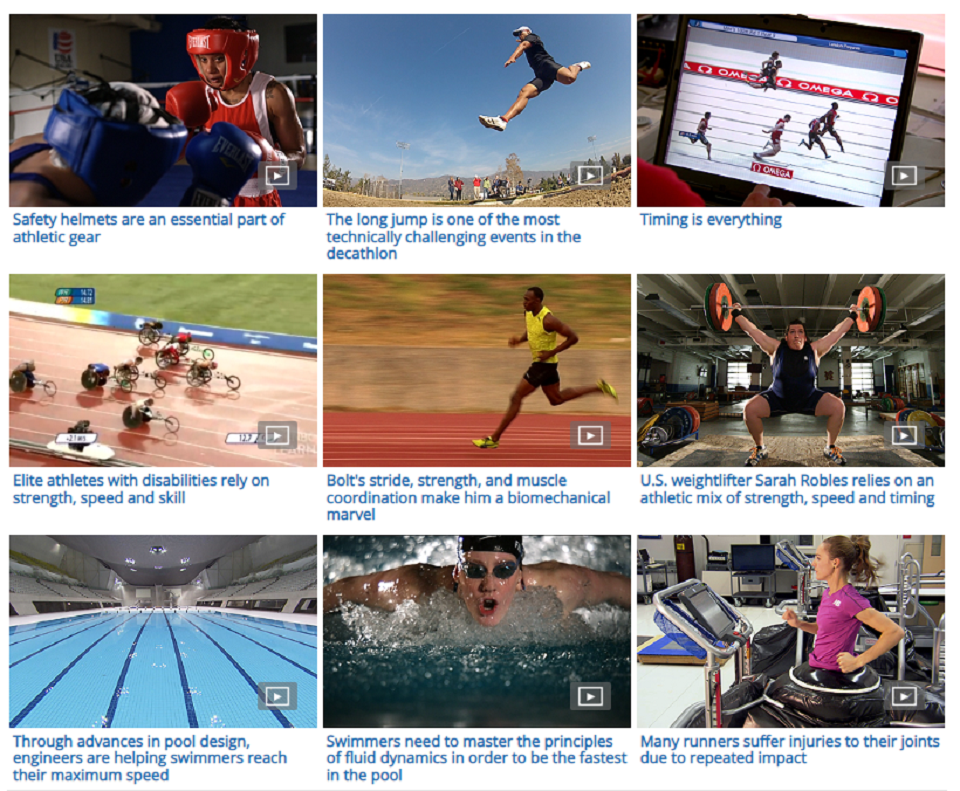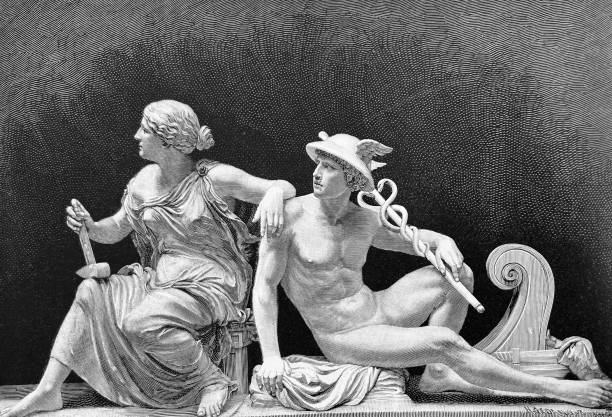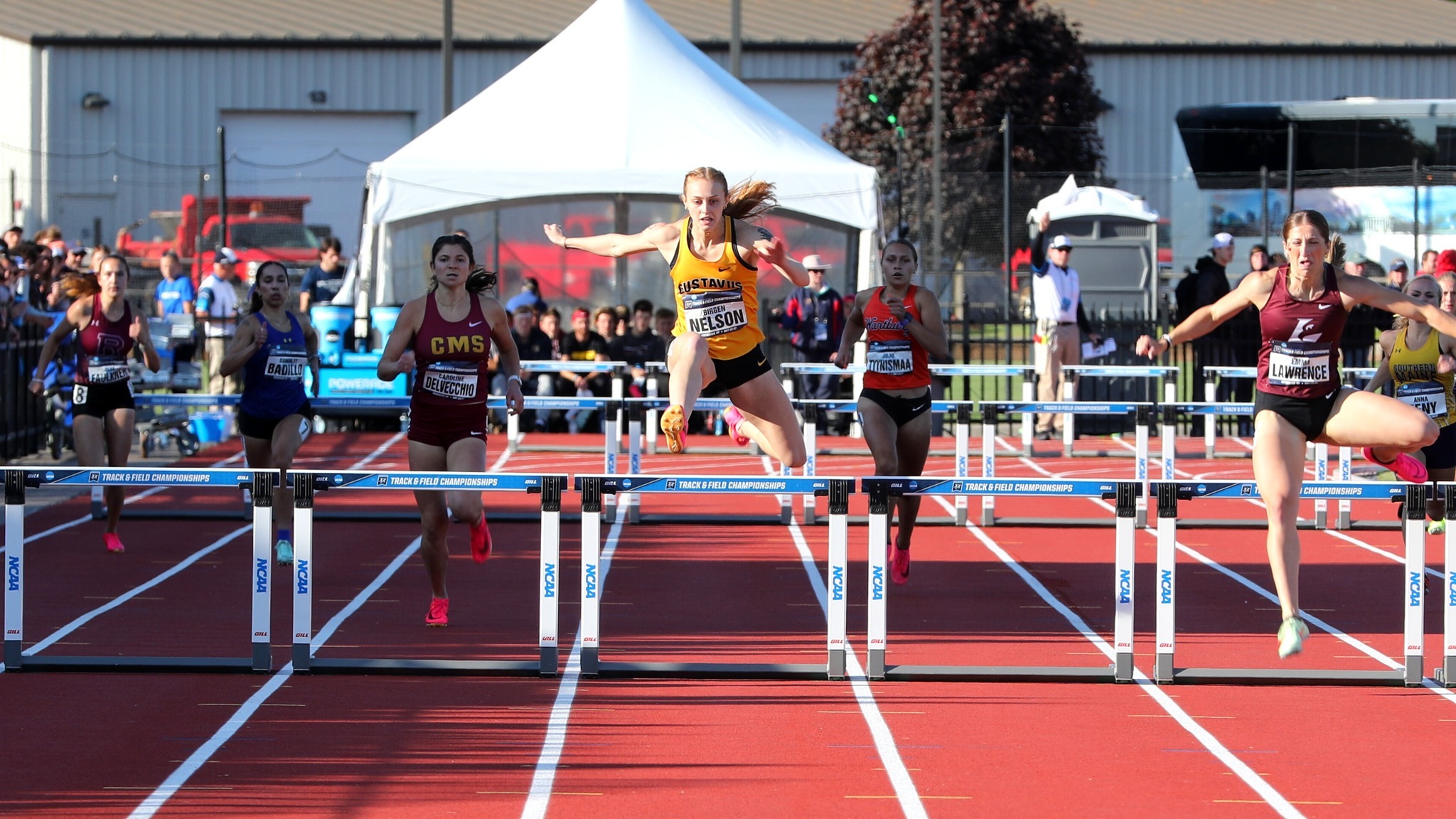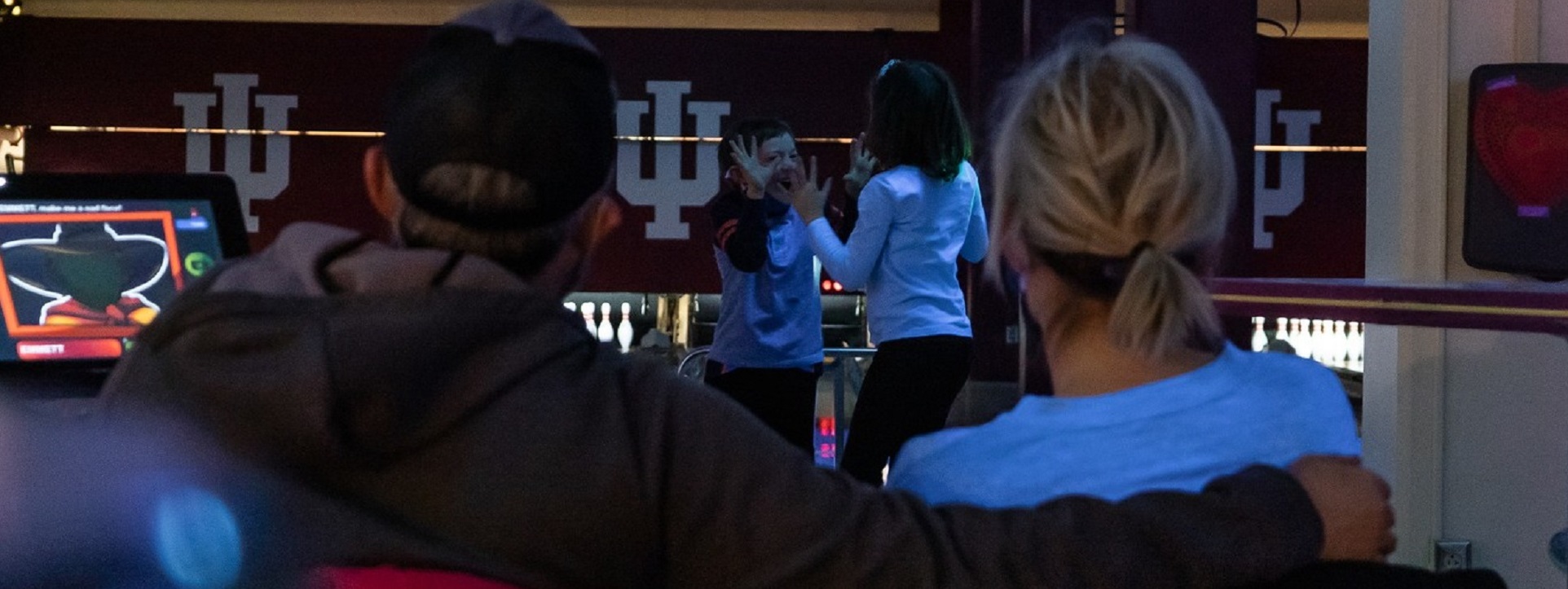Key Codes and Standards:
International Building Code (IBC): Widely used in the United States and other regions, the IBC sets minimum requirements for structural design, materials, and maintenance to ensure safety and performance. It references standards like ASCE 7 (Minimum Design Loads and Associated Criteria for Buildings and Other Structures) for load calculations (e.g., wind, seismic, snow).Maintenance provisions require regular inspections and repairs to address issues like cracking or deterioration.
ACI 318 (Building Code Requirements for Structural Concrete): Published by the American Concrete Institute this standard governs the design and construction of concrete structures.Includes requirements to control cracking (e.g., reinforcement detailing, concrete mix design) and ensure durability under environmental exposure.Maintenance guidelines recommend periodic inspections for cracks, spalling, or reinforcement corrosion.
AISC 360 (Specification for Structural Steel Buildings): Published by the American Institute of Steel Construction, this standard covers the design, fabrication, and erection of steel structures. Addresses fatigue, connection design, and corrosion protection to prevent structural failure. Maintenance involves inspecting for issues like weld imperfections or coating degradation.
-
ACI 562 (Assessment, Repair, and Rehabilitation of Existing Concrete Structures):
-
Provides a framework for evaluating and repairing concrete structures to address cracking, spalling, or other damage.
-
Emphasizes regular inspections and timely repairs to maintain structural integrity.
-
-
NACE/SP0108 (Corrosion Control of Offshore Structures):
-
Covers maintenance practices to prevent corrosion-related failures in steel structures.
-
-
ASTM E2270 (Standard Practice for Periodic Inspection of Building Facades):
-
Outlines procedures for inspecting facades to identify cracking, water infiltration, or other issues that could lead to structural problems.
-
IEEE: Structural Health Monitoring system based on strain gauge enabled wireless sensor nodes


